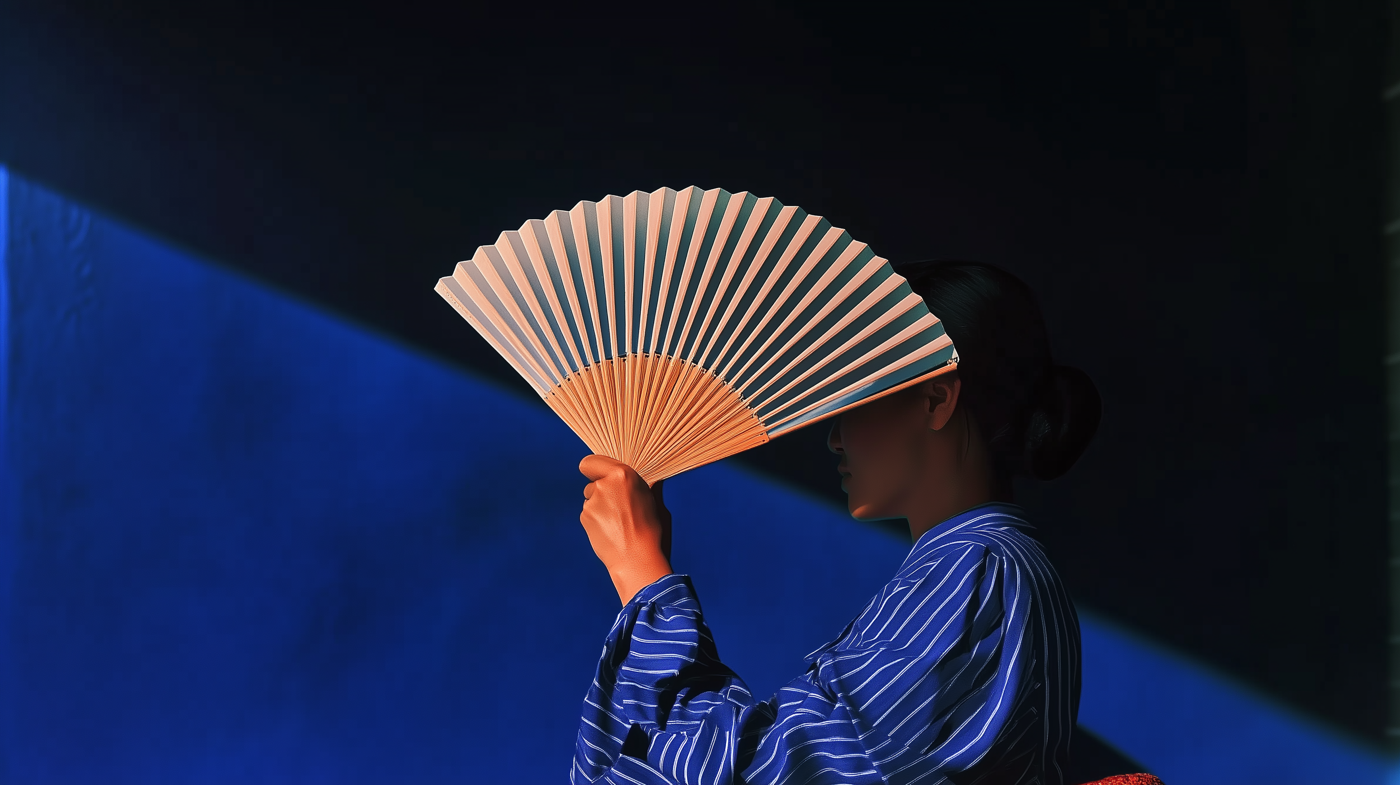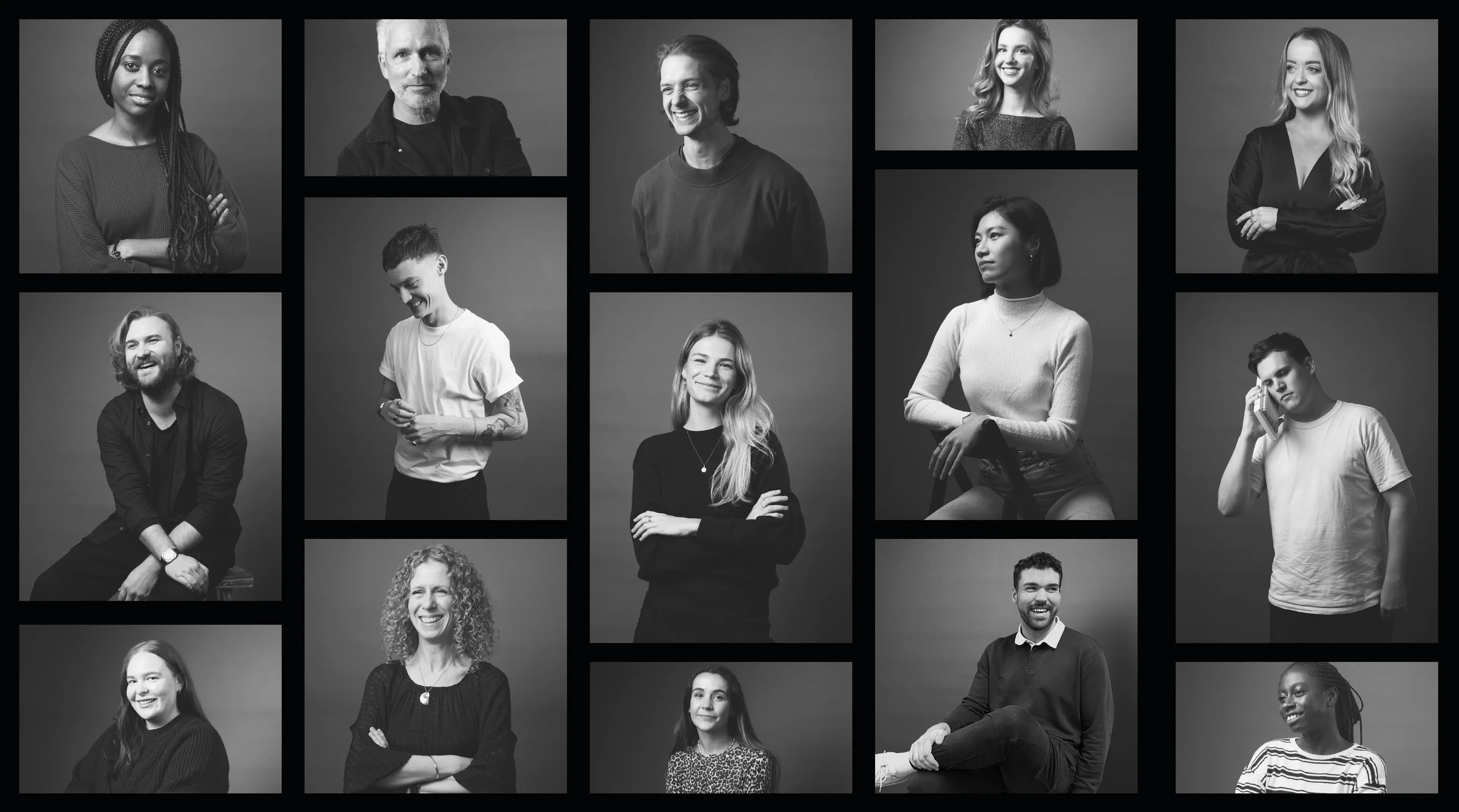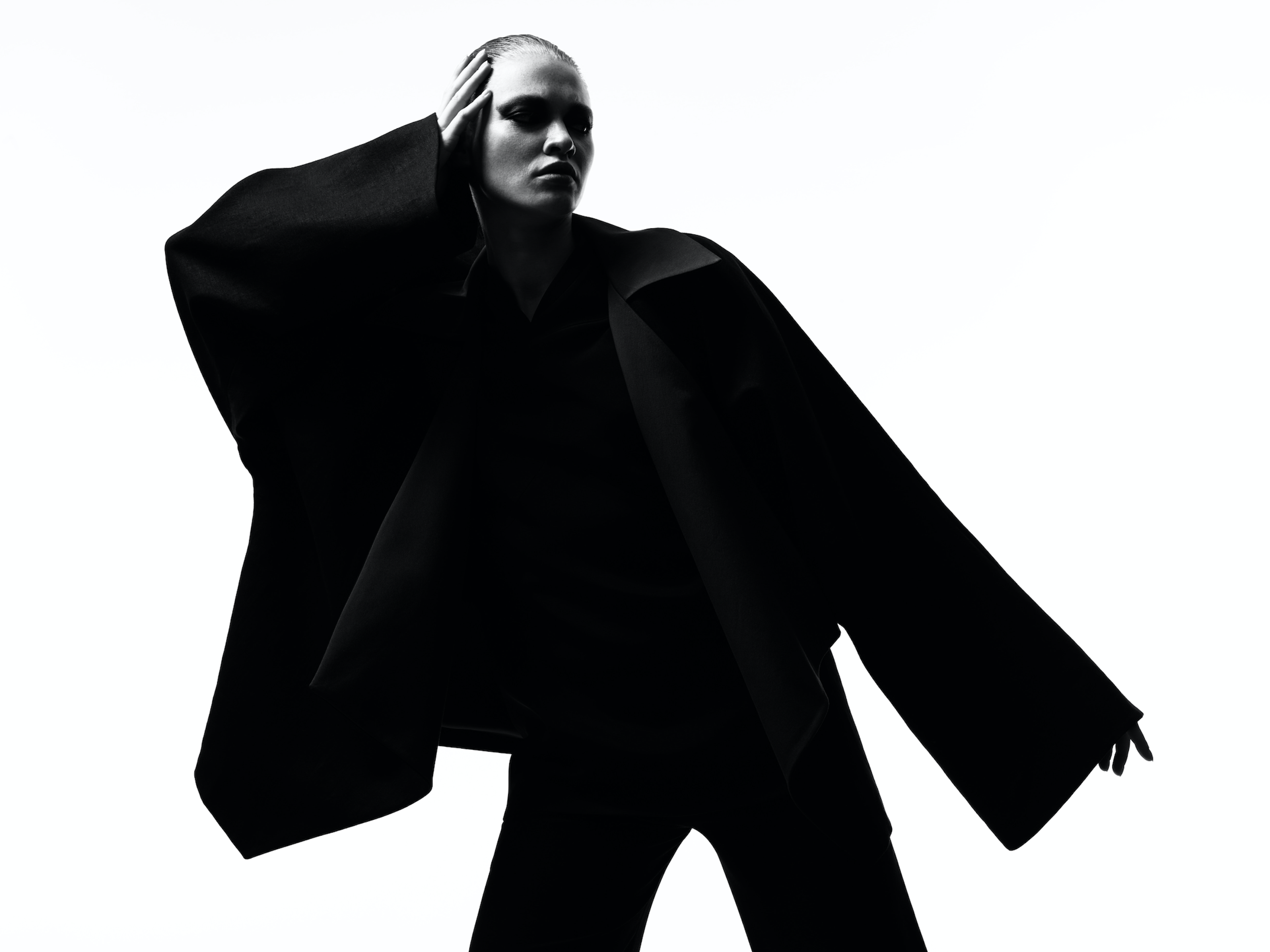
Luxury Commentary
1 Oct 2023
6 Min Read
Luxury X Gaming: All’s Fair in Love & Warcraft
Despite being the world’s largest media category valued at $336 billion, the gaming sector is often overlooked by luxury with ‘innovation’ relegated to branded skins and avatars. On a deep dive into the gaming opportunity, MOF’s Head of Marketing Juliet Watkin-Rees ventures into the space to capture a five-point plan for brands wanting to level up their strategies.
Luxury Commentary






